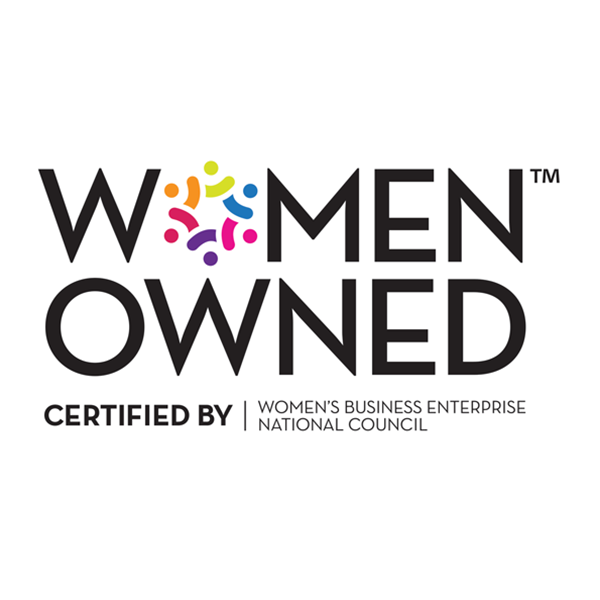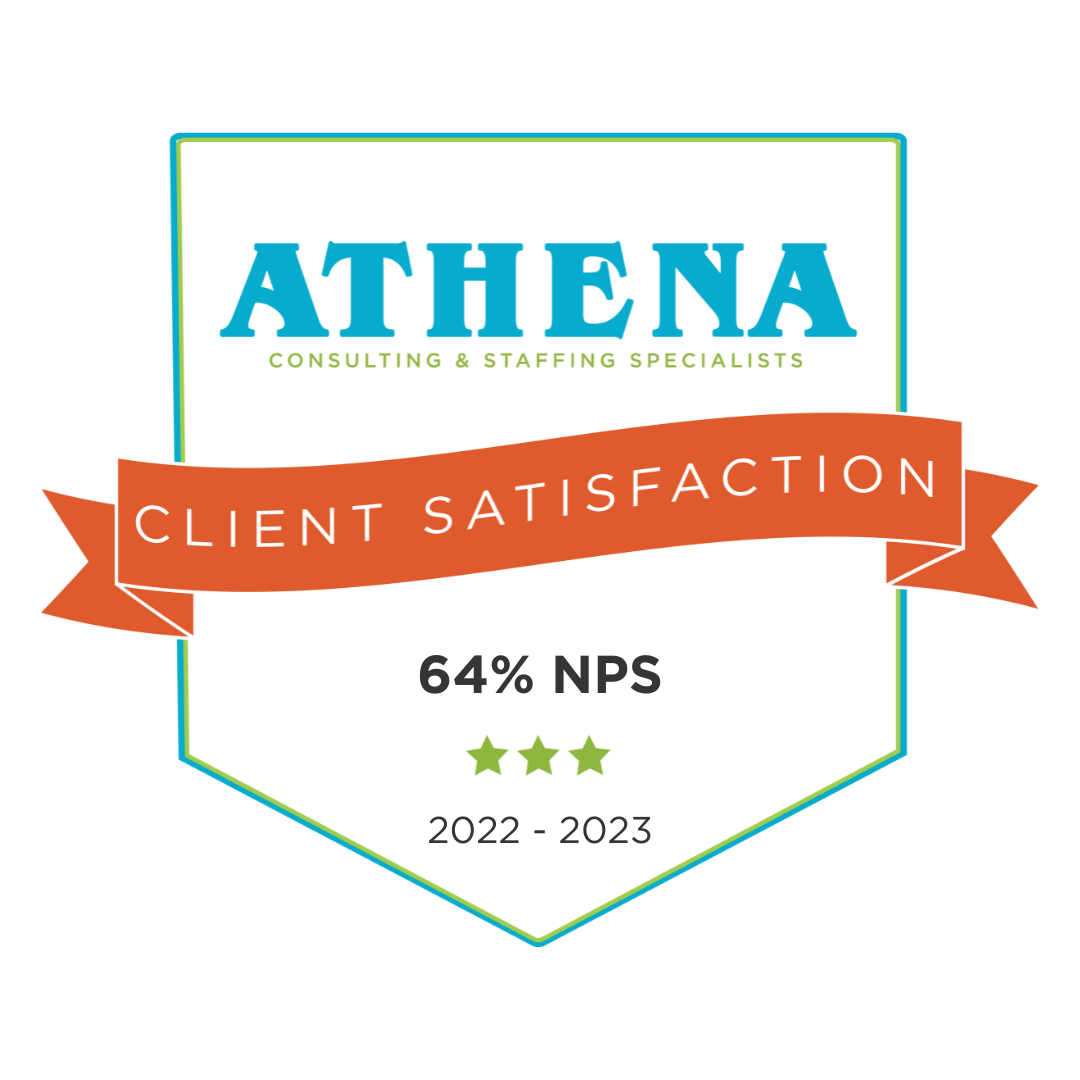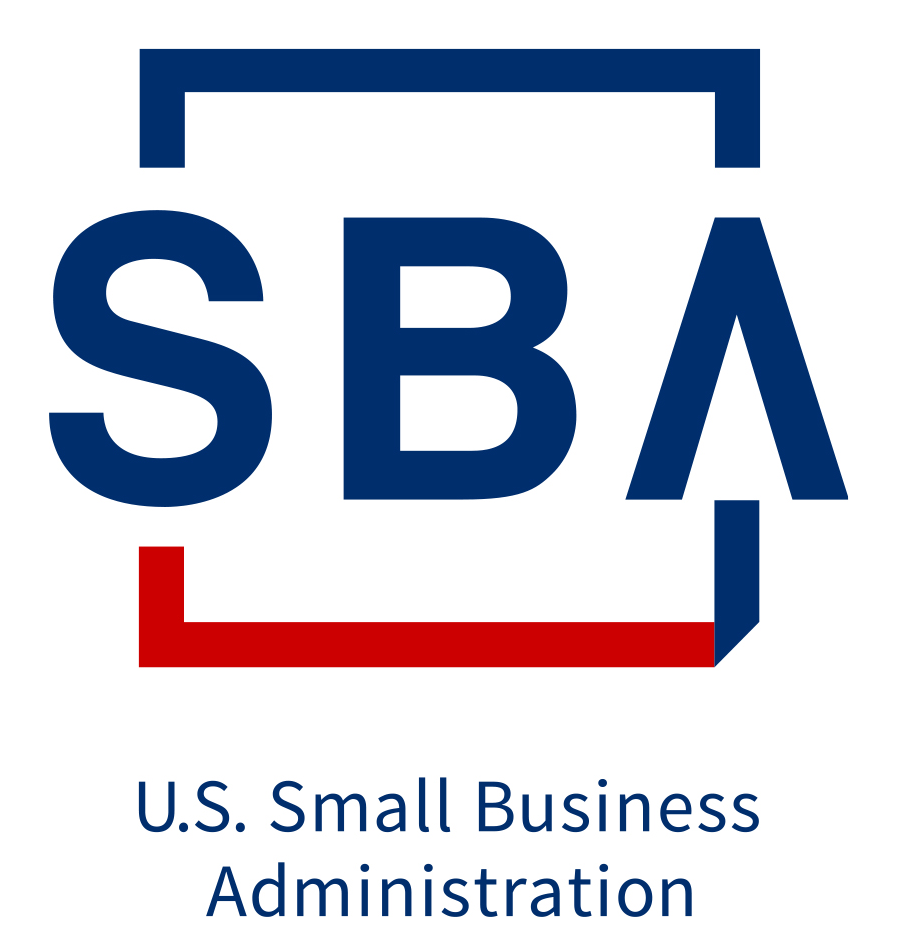Fostering an inclusive work environment is imperative to success in today’s business world. Inclusion in the workforce creates an environment where employees feel valued and engaged. An inclusive workforce also brings people together from different backgrounds and experiences which adds strength to any team. It is always a great time to commit to creating inclusive workplaces where women can thrive.
“Studies show that having female leaders significantly boosts companies’ profitability, as well as increases productivity, collaboration, loyalty and fairness.”
To learn more about how to make women feel more included at work, this SHRM article provides strategies and input from inclusion, equity, and diversity experts on how to build a more equitable and inclusive future for women in the workplace.
However, building a more inclusive workplace, not just for women, but for all underrepresented groups requires commitment and dedication. Keep reading for tips on how to create an inclusive environment and ultimately create sustained business success.
Tip #1: Leadership Support
One of the most necessary tips to truly create an inclusive workplace is to have a clear and loud commitment from leadership. Executive leaders determine the tone of their organizations, and a commitment to the importance of diversity and inclusion will trickle down into different policies and practices within a company. Take this quote from the global head of customer success at Square, Naomi Wheeless, who shares the importance of executive support in the SHRM article regarding inclusion for women in the workplace.
“If the company’s top executives do not give the inclusion of women the same weight that they would give any other business problem, then it’s unlikely that much action will be taken across the broader organization.”
Tip #2: Programs for an Inclusive Workplace
Another way to create an inclusive workplace is to create programs that emphasize and foster inclusion. This can look like mentorship programs, where employees from underrepresented groups can connect with other experienced professionals within the organization to help foster growth and retention. Or creating anonymous feedback systems so that employees can report discrimination or exclusion without fear of repercussions and with the knowledge that each report will be taken seriously.
Tip #3: Allyship
A similar method on fostering an inclusive workplace environment is to not underestimate the importance of allyship. New research shows that advantaged groups misperceive how important allyship truly is and also how it is received. And this is important because the less advantaged groups believe that their allyship is appreciated and needed, the less likely they are to engage in allyship. Creating an environment where allyship is encouraged and expected through either training programs, sharing data, or more can make a workplace inclusive for all.
Tip #4: Hiring and Onboarding for an Inclusive Workplace
Another way to create an inclusive workplace is through inclusive hiring and onboarding practices. And implementing inclusive recruiting practices is the best place to start. Setting diversity goals and making yourcommitment to diversity and inclusion clear in job postings is important. Use skills-based hiring or consider using blind resumes. And adding diversity and inclusion-based training to onboarding initiatives can also help create a more inclusive culture.
If you need assistance building a more inclusive team, ATHENA Consulting is a great partner to reach this goal. We are inherently inclusive in all we do – both internally as well as meeting our clients’ staffing needs. Contact us today to discuss.









